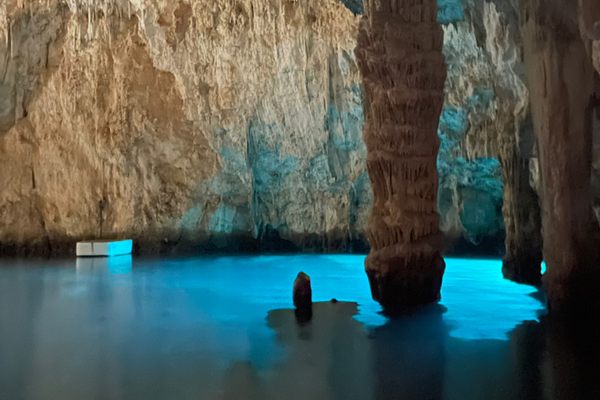About
Schetzel (or Schetzelo) was a hermit in the 12th century who dedicated the final years of his life to living alone in this Spartan cave in Luxembourg's Grünewald. In this hermitage, he slept on the stone floor, found food in the surrounding forest, and drew water from the Schetzelbour, a small spring located about 200 meters from the grotto.
Although details about the now-beatified Schetzel are sparse, he was probably a Cistercian monk, from the Orval monastery. The only written document of Schetzel is a report by the Archadus of Clairvaux, written down by Brother Herbertus, telling that the Archadus had met the hermit. Although Shetzel lived in isolation, people in the region would visit him seeking guidance and counsel.
After his solitary death, local monks and parishioners buried him at the entrance of his grotto and built a small, wooden chapel. In 1150, his body was transferred to the Benedict Abbey of Altmünster, where he was re-buried in a silver coffin just in front of the abbey's altar.
His relics were highly venerated and many miracles were reported to have happened at his tomb. The abbey was destroyed in 1543 and Schetzel's remains were never found again. His grotto in Grünewald was sealed for many years until a local priest reopened it in the 19th century.
Related Tags
Know Before You Go
Schetzel's hermitage cave is located in the forest and can be accessed along the Schetzel Hiking Trail. Every year on the second Sunday in August, there is a commemoration service called Schetzelfeir held outside the grotto for an annual blessing of the holy site.
Community Contributors
Added By
Published
February 15, 2024































